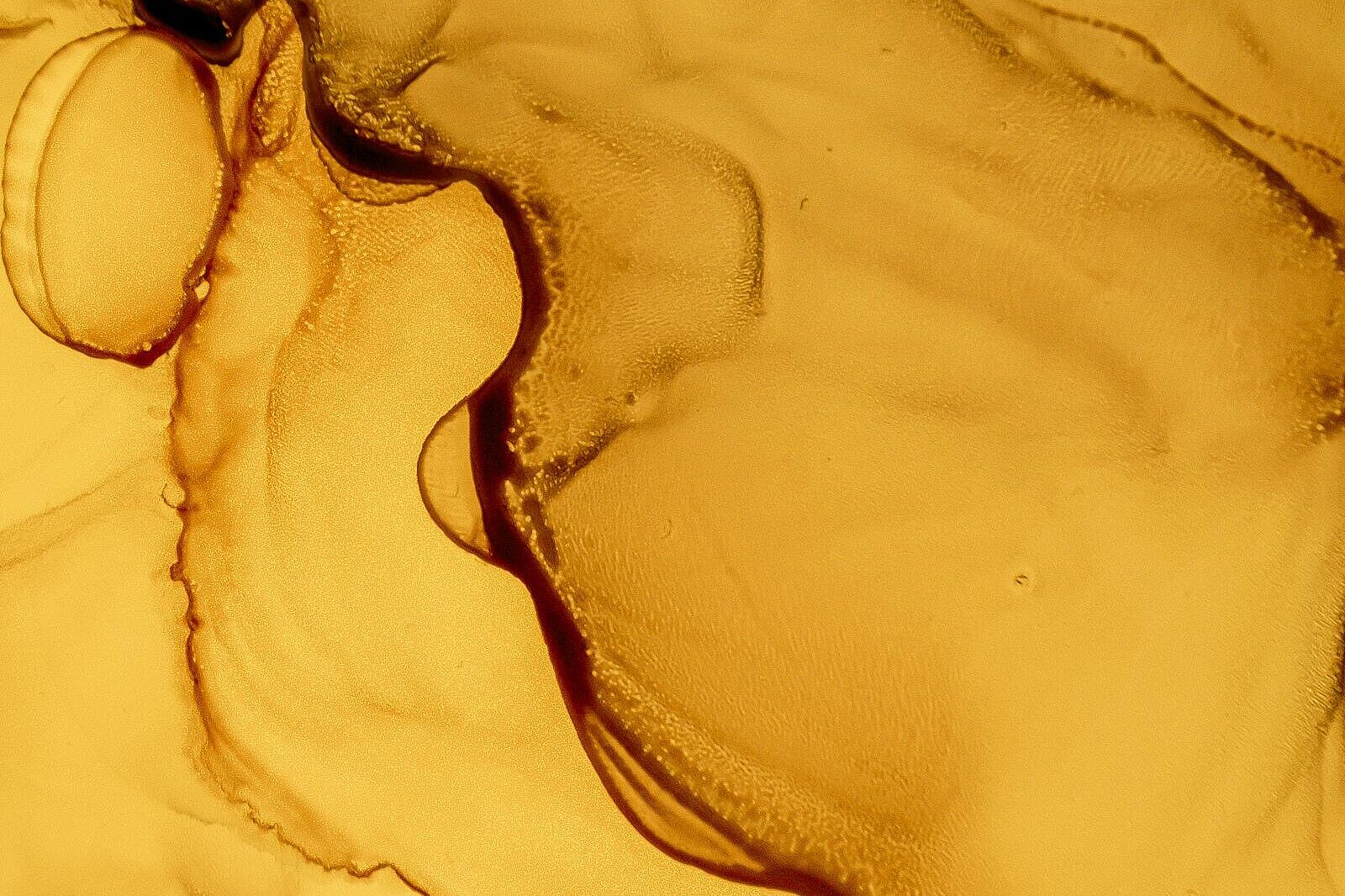Indigo carmine

What is indigo carmine?
Indigo carmine, also known as indigo carmine or by its chemical name 5,5'-indigodisulfonic acid sodium salt, is a water-soluble dye that was traditionally extracted from natural sources but is now largely produced synthetically. It is valued in industry for its intense blue color and is used in food, beverages and as a diagnostic aid in medicine.
Indigo carmine and dog nutrition: a colorful debate
The use of indigo carmine in dog nutrition is a topic that should be approached with caution. Here are the potential benefits and drawbacks.
Advantages
- Aesthetics: Indigo carmine can help make dog food more visually appealing. This can be especially helpful for picky eaters to whet their appetite.
- Medical diagnostics: In specific medical contexts, indigo carmine can be used to diagnose urinary tract disease in dogs by helping to check the functionality of the kidneys and urinary system.
Disadvantages
- No nutritional value: Indigo carmine offers no nutritional benefit to dogs. Its role is limited to coloration only.
- Potential health risks: Although indigo carmine is generally considered safe, side effects such as allergic reactions or gastrointestinal discomfort may occur with excessive use or in sensitive dogs.
- Chemical exposure: The use of synthetic colorants such as indigo carmine adds artificial chemicals to your dog's diet, which is considered detrimental by many pet owners who prefer a natural diet.
Indigo carmine is a bright dye with a long history and diverse applications, from the food industry to medical diagnostics. In dog nutrition, however, its use should be carefully considered. The decision to use products with indigo carmine should be based on your dog's individual needs and health. While the dye may be beneficial in certain medical contexts, it offers no nutritional benefit and could cause health problems in some dogs. A balanced diet based on natural ingredients is usually the best choice for your dog's health and well-being.
If you notice any signs of hypersensitivity or poisoning in your dog, you should see your vet immediately. We are not a substitute for a vet, but we try to be as accurate as possible. Every dog reacts differently and we recommend you get a second opinion or consult your vet if in doubt.
Stay healthy and take good care of your four-legged friend!😊
Similar to Indigo carmine
A colorful history Methylene blue, chemically known as tetramethylthionine chloride, is a synthetic dye that was originally used in the textile industry and later in microscopy to stain biological...
Cochineal red A is produced in a multi-stage chemical process known as azo coupling. This produces a typical azo group consisting of two nitrogen atoms. As a rule, cochineal red A is the sodium salt...
Brilliant black BN is a black solid that is soluble in water. It has the chemical formula C28H17N5Na4O14S4 and a molar mass of 867.69 g/mol. It belongs to the azo dyes, which contain one or more azo...
Tartrazine is a yellow to orange dye that is added to foods, cosmetics and medicines to give them an appealing color. It is obtained synthetically from coal tar, a black and smoky substance that is...



